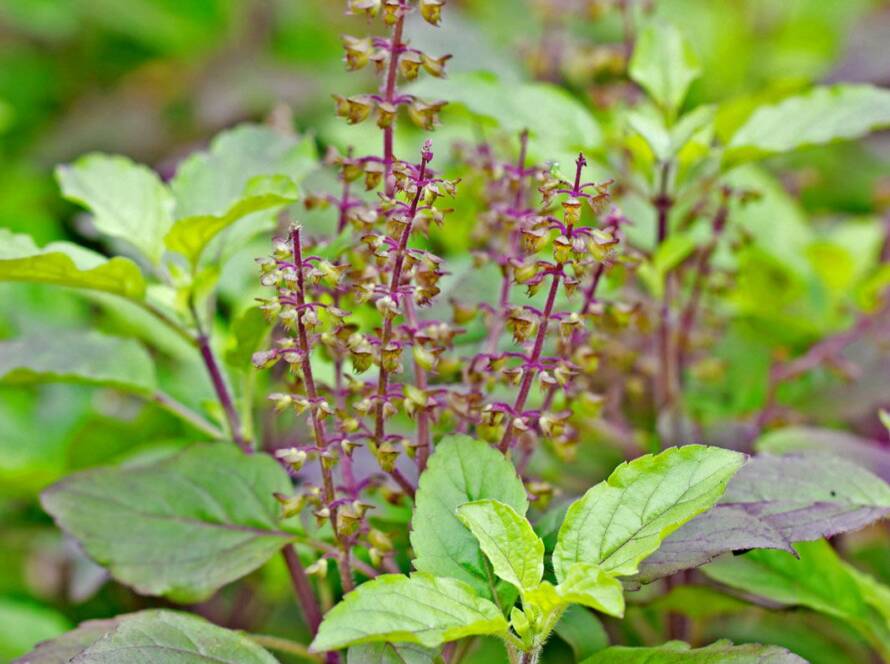Organic gardening is a rewarding and sustainable way to grow your own fruits, vegetables, and herbs without the use of synthetic fertilizers or pesticides. Whether you’re starting a small garden in your backyard or working with pots on your balcony, organic gardening can provide you with healthy, delicious produce while promoting biodiversity and soil health. Here’s a beginner’s guide to help you get started.

Choose the Right Location
Before you begin, choose the ideal spot for your garden. Most edible plants, like vegetables and herbs, need 6-8 hours of sunlight per day. Look for a sunny area, either in your yard, on your balcony, or even indoors near a bright window.
- Tip: If you’re short on sunlight, you may use grow lights as an alternative.
Prepare Your Soil
Healthy soil is the foundation of organic gardening. Instead of using synthetic fertilizers, organic gardeners rely on compost, manure, and mulch to enrich the soil. Start by checking your soil’s texture—good soil should be crumbly and drain well.
- Compost: Start your own compost pile or buy organic compost. This natural fertilizer helps improve soil fertility and promotes healthy plant growth.
- Mulch: Adding a layer of organic mulch (like straw, leaves, or bark) helps retain moisture and suppress weeds.

Choose Organic Seeds or Seedlings
Select seeds or seedlings that are labeled organic or non-GMO. Heirloom varieties are also a good option for organic gardeners, as they tend to be hardier and more flavorful. Some beginner-friendly plants include:
- Vegetables: Tomatoes, lettuce, spinach, carrots, radishes
- Herbs: Basil, parsley, cilantro, thyme
- Fruits: Strawberries, blueberries
Practice Companion Planting
Companion planting is a key strategy in organic gardening. It involves growing plants that benefit each other by improving soil health, deterring pests, or attracting beneficial insects. For example:
- Marigolds help repel pests like aphids and whiteflies.
- Basil planted near tomatoes enhances flavor and repels insects.
- Cucumbers and beans grow well together because beans fix nitrogen in the soil, which cucumbers love.

Watering Wisely
Water is crucial for any garden, but overwatering or improper watering can lead to disease. To ensure healthy plants:
- Water at the base of the plants rather than from overhead to avoid mildew and fungal diseases.
- Water early in the morning to give plants time to absorb moisture before the heat of the day.
- Use a soaker hose or drip irrigation for efficient, targeted watering.

Natural Pest Control
In organic gardening, avoiding synthetic pesticides is essential. Instead, use natural methods to manage pests:
- Beneficial insects: Attract ladybugs, bees, and other helpful insects that feed on harmful pests.
- Neem oil and insecticidal soap: These organic options help control pests like aphids, mites, and whiteflies.
- Handpicking: For small gardens, regularly check plants for pests and remove them manually.
Fertilize Organically
Instead of chemical fertilizers, use organic alternatives to feed your plants:
- Compost tea: Made by steeping compost in water, this liquid fertilizer can be applied directly to the soil or sprayed on leaves for a nutrient boost.
- Fish emulsion: A great source of nitrogen, fish emulsion promotes healthy leaf growth.
- Seaweed extract: Full of micronutrients, seaweed helps strengthen plants and improve their resistance to stress.
Rotate Crops
Crop rotation is an important principle in organic gardening. By rotating the types of plants you grow in different areas of your garden each season, you reduce the risk of pests and diseases building up in the soil.
- Example: Don’t plant tomatoes in the same spot year after year—rotate them with leafy greens or root vegetables.
Be Patient and Persistent
Organic gardening takes time and attention. Since you’re avoiding quick-fix chemicals, you’ll need to monitor your plants regularly for signs of nutrient deficiencies, pests, or disease. However, the rewards—a healthier garden, better-tasting produce, and a lighter environmental footprint—are well worth it.

Enjoy the Harvest
When your plants begin to bear fruit, vegetables, or herbs, the real reward of organic gardening comes into play. Harvesting your produce at its peak ripeness ensures that you’re getting the freshest, most nutritious food possible.
To Conclude
Starting an organic garden at home may seem challenging at first, but by following these basic steps, you’ll be well on your way to growing a healthy, thriving garden. Whether it’s on a large plot or a small balcony, the benefits of organic gardening—fresh produce, a closer connection to nature, and a sense of accomplishment—are well worth the effort.
Happy gardening!




